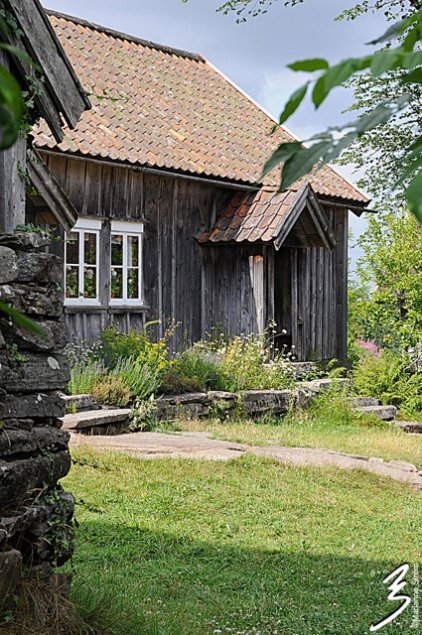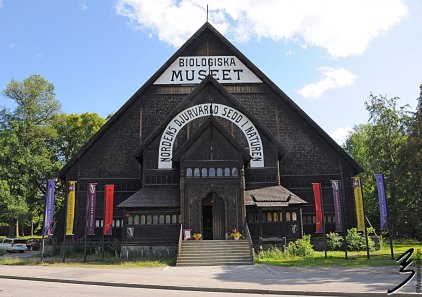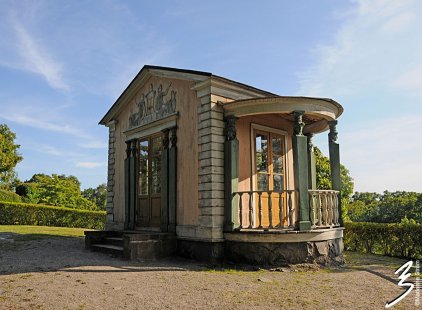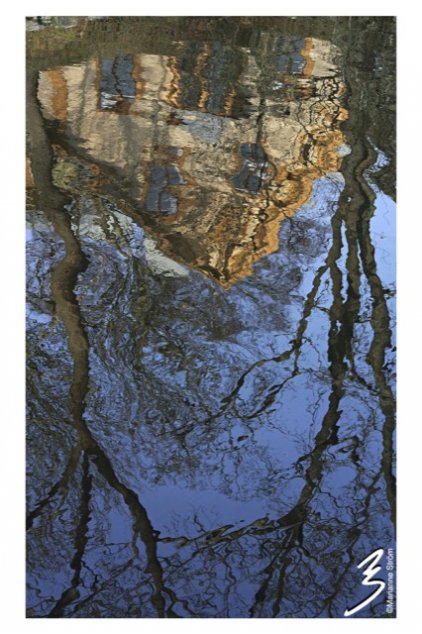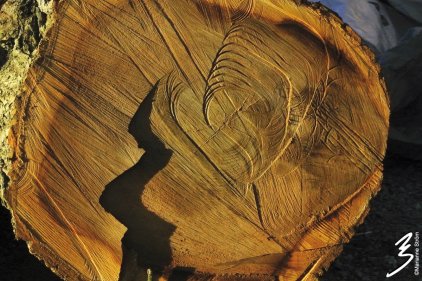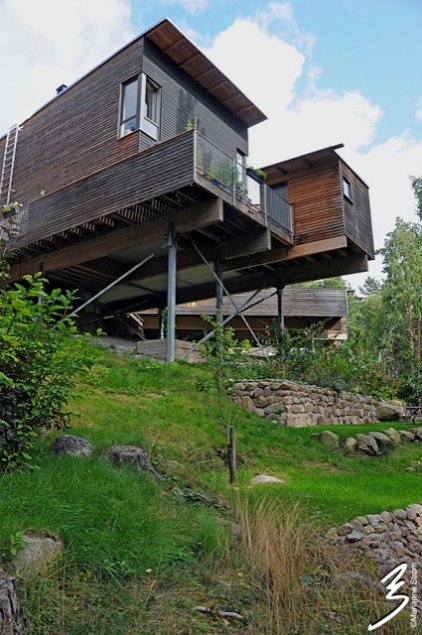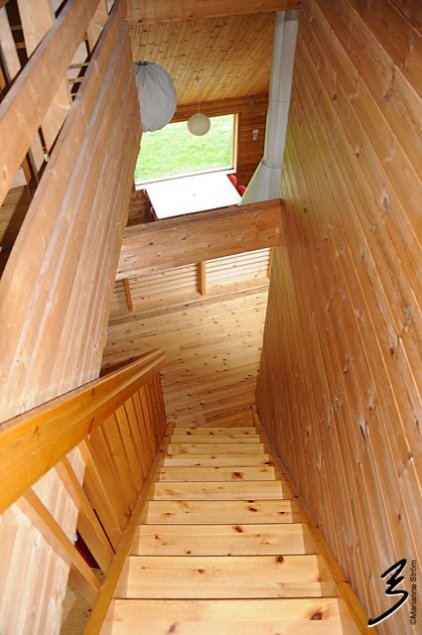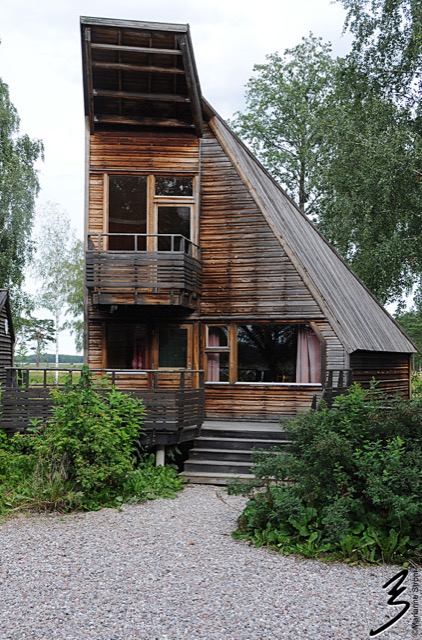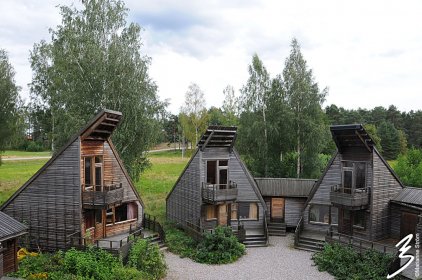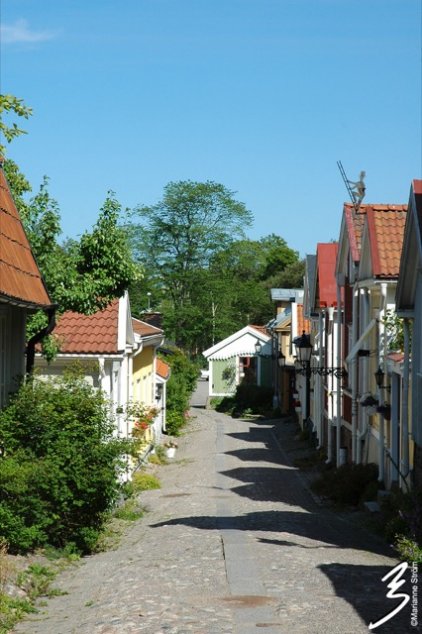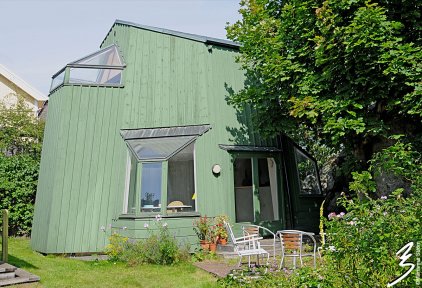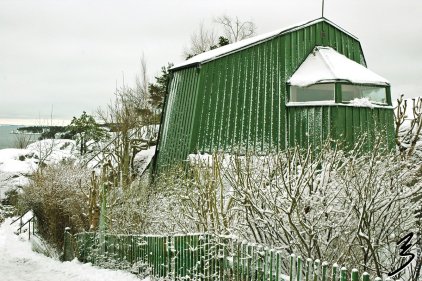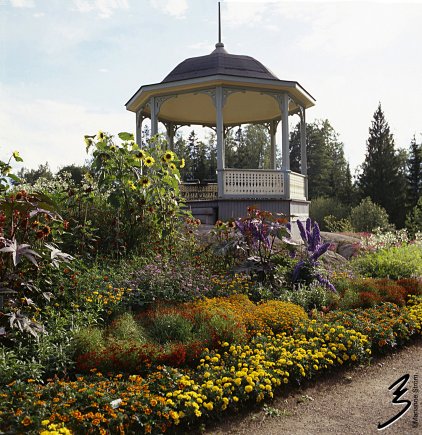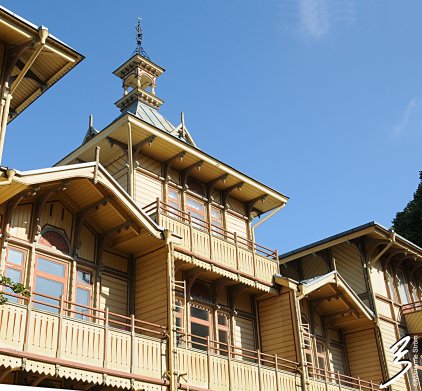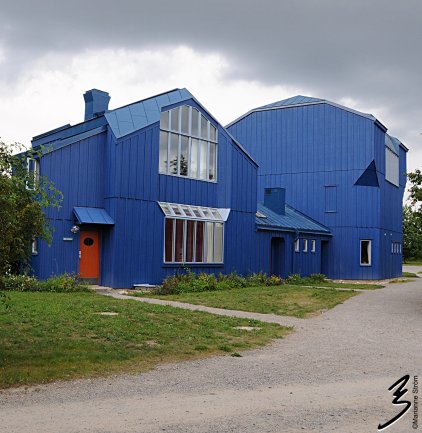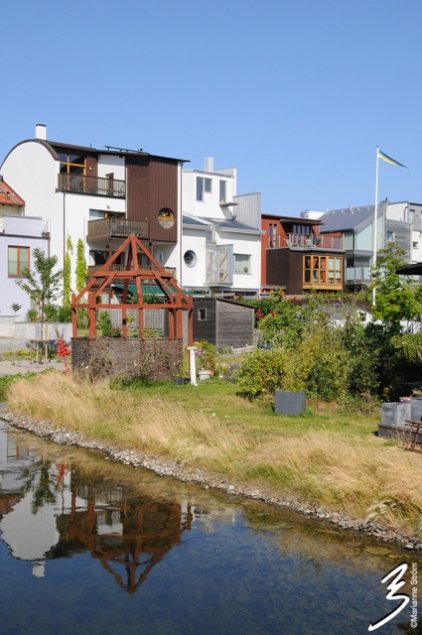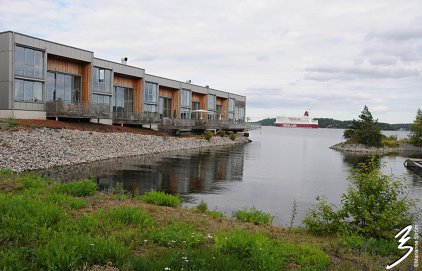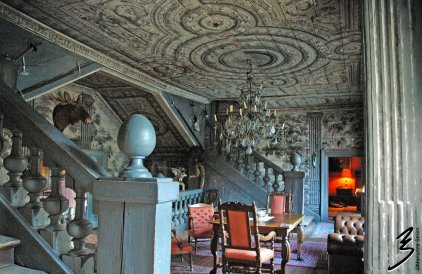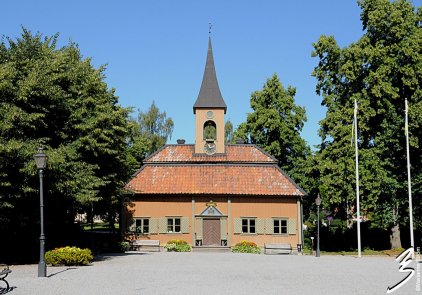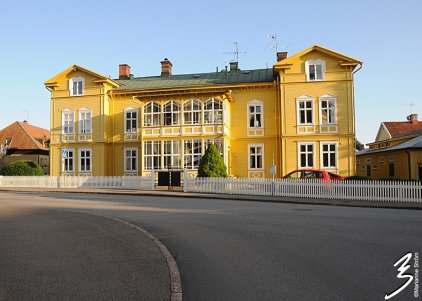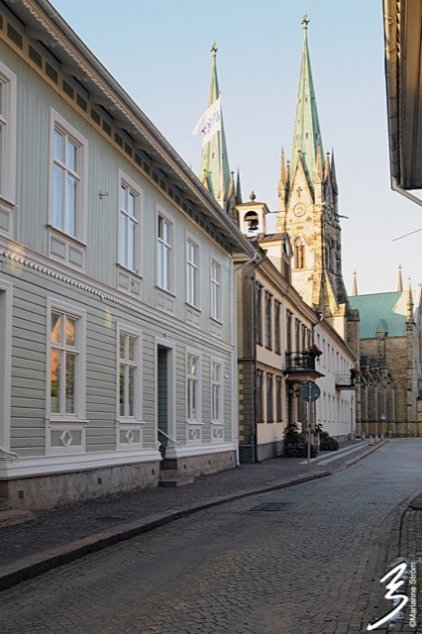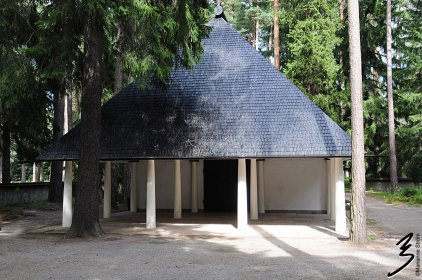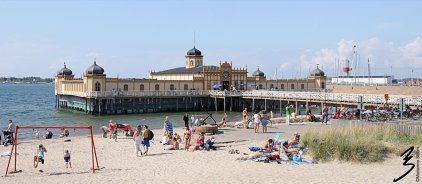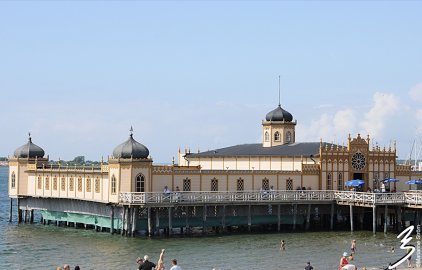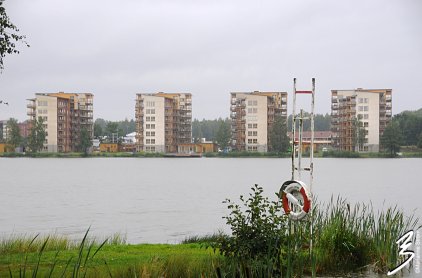Wooden architecture in Sweden
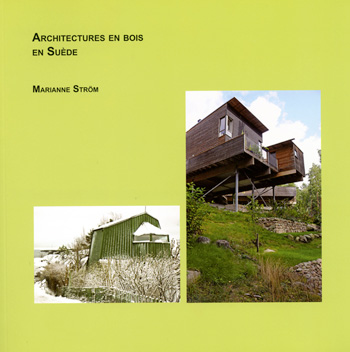
A quick look on the history of Swedish wooden architecture
Wooden architecture in the Nordic countries has faced varied challenges over the centuries. Wood is the world’s most natural, sustainable and ecological material. It can easily be recycled and respects by its very nature the environment and embodies the respect for the planet’s natural resources. In the same way as stone is the predominant building material in France, wood is the favored construction material in the Nordic region.
The wooden architecture was used for building churches in the XI and XII centuries but also for profane buildings in the countryside and in cities. For centuries it dominates construction from the north to the south of Sweden, from the classic and simple – not to say austere – architecture to more ornamented and spectacular creations.
Just to mention two examples, the Palace of Sandemar in the Stockholm archipelago built in the 1670s probably based on the drawings of Jean de la Vallée, and the Town Hall of Sigtuna entirely built in wood between 1740 and 1744. Being the smallest Town Hall in Sweden it now serves as a museum.
In the second half of the XIX century the expression “snickarglädje” literally translated as “the carpenter’s pleasure” is spreading its playful and charming architecture all over Sweden. The style manifests itself in its decorations, a rich ornamentation around windows, doors, verandas, corniches… The wood is cut in delicate lace patterns and the favored colors are eye-pleasing pastels.
These extravaganzas were banned by the Swedish functionalist architects in the 1930s and 1940s and the carpenters could no more express their pleasure in such ostentatious ways. But since then architects and builders once again give room for more joyful building styles, signed by the carpenter or mass-produced on a larger scale by the construction industry.
Today Swedish wooden architecture is gaining ground, is seen as relevant and contemporary. It is becoming the very symbols of sustainable, ecological and cost-efficient architecture. The town of Växjö, a so called green municipality, even labels itself “the greenest city in Europe”. In the district Portvakten, The Porter, of Växjö you can find the first high-rise buildings in wood. They are also called “passive houses” producing more energy than they consume.
No construction material can be more in tune with the future challenges for humanity than wood. It is the basis for sustainable buildings, it embodies renewable materials, it provides economic housing and ecological living.
Wood – a true challenge for tomorrow?
